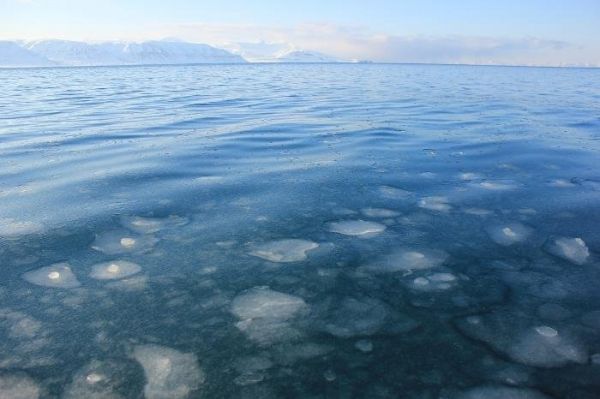The global threats from carbon dioxide (CO2) accumulating in the world’s oceans and driving ongoing ocean acidification are becoming increasingly evident. As humans extract and burn fossil fuels and drive deforestation, CO2 in the atmosphere increases, with levels now far exceeding those that occurred in preindustrial times. Of the released CO2, around 25% is taken up by the oceans where it interacts with seawater and forms carbonic acid, leading to a reduction in pH, an increase in acidification, and an alteration of carbonate chemistry. The average surface pH of the ocean has already decreased by 0.1 unit since the beginning of the Industrial Revolution, and a further 0.3–0.4 unit decrease is expected by the end of the century. As pH is measured on the logarithmic scale, this corresponds to a doubling in acidity by 2100. These changes are happening at an unprecedented scale and speed, rapidly exposing marine ecosystems to conditions they have not experienced over millions of years.
A wide range of organisms, from bacteria to fish, have been demonstrated to be negatively impacted by ocean acidification. As acidification progresses, many organisms must invest additional energy to maintain their acid-base balance, metabolic processes, or other biological functions, with consequences for their growth, reproduction, and survival. Consequently, around 50% of all the species tested in the laboratory have shown negative responses to ocean acidification.
Continue reading at Norwegian Institute for Water Research
Image via Norwegian Institute for Water Research


